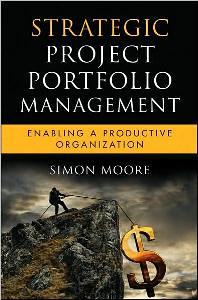
Source: NASA Ares Project Office
NASA too experiences schedule and cost overruns. Of the 10 NASA projects that have been in implementation phase for several years, those 10 projects have experienced cost overruns of 18.7% and launch delays of 15 months. In 2005 Congress required NASA to provide cost and schedule baselines, so no long term data is available. NASA’s projects are consistently one of a kind and pioneering, therefore uncertainty is likely to be higher than for other sorts of projects.
These cost and schedule overruns are largely due to the following factors:
External dependencies
The primary external dependencies that cause problem for NASA are weather issues causing launch delay and issues with partners on projects. NASA projects with partners experienced longer delays of 18 months relative to 11 months for those projects without partners.
Technological feasibility
As the Government Accountability Office assessment states: “Commitments were made to deliver capability without knowing whether the technologies needed could really work as intended.” This is so often a cause of project failure, see my articles on the Sydney Opera House, Denver Airport Baggage System and many
others for examples of how common this cause of failure is.
Failure to achieve stable designs at Critical Design Reviews
90% stability at Critical Design Review is cited by the Government Audit Office as a goal for successful projects, which is consistent with NASA’s System Engineering Handbook. Without this, designs are not sufficiently robust to execute against. It’s clear that NASA takes Critical Design Reviews seriously, but doesn’t always achieve 90% stability. The exact value varies across projects, but appears to be in the 70-90% range for most NASA projects. Raising the stability level at theseCritical Design Reviews would reduce project risk.
Though long, the Government Audit Office report contains lots interesting of further detail and can be found here.


